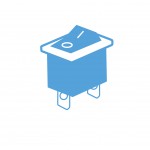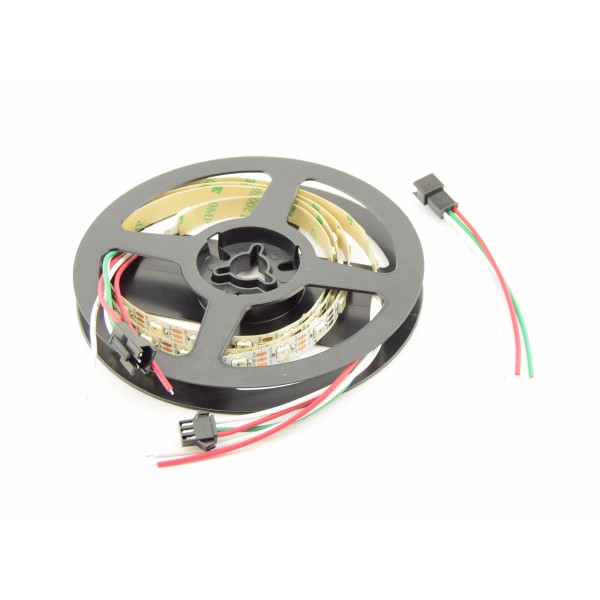WorldSemi WS2812B Digital 5050 RGB LED Strip - 60 LEDs 1m
- Availability: Directly available from warehouse in Eindhoven
- SKU: 000438
€11.50
Ex Tax: €9.50
5 or more €11.00
10 or more €10.50
20 or more €10.00
50 or more €9.75
100 or more €9.50













